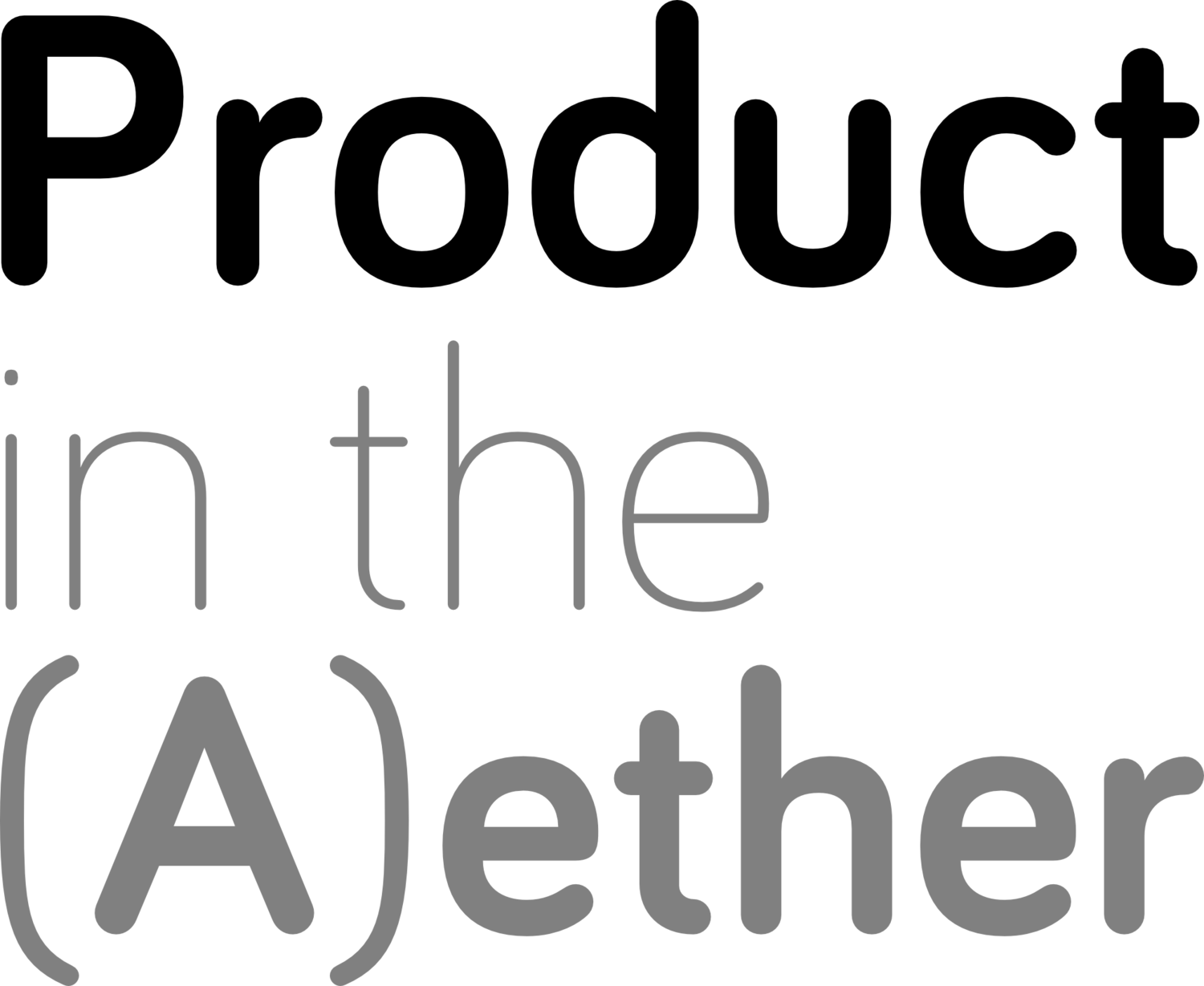PITA 025
ICEBREAKER: Pair up. Draw a picture of your partner without looking, and without picking the pen up from the paper. Share!
TOPIC 1: Any tips for encouraging a PM to think of research to generate learning rather than as validation?
Work to disprove your own theories
Averages tell you nothing (example of having your hand in the freezer while your head is on fire)
Make sure there’s shared understanding of objectives, timelines & process
Focus on improving UX and Customer Experience instead designing/validating screens
2 phases - open-ended questions, then validation. Validation comes second
Learning early gives massive value - get everyone in that mindset
Deep conversations to make sure the intention/requirements are clear
Share case studies of various approaches
I find the ‘four big risks’ framing useful: The Four Big Risks — what’s the biggest risk for the product/idea? That should then help frame the conversation around the best method
I like using analogies to our non-work life as reference points for work. There are some people who just want to vent and don't want someone to solve their problems. The best listeners are the ones who are interested in listening and not solving the problem.
Give the generative research question to the person who doesn't want to solve it immediately. And/or go biblical: if you have two PMs who have two ideas, have them evaluate each other's ideas rather than their own. Then the incentive is to vet and not to validate.
TOPIC 2: Pardons are on my mind - if you wanted to be pardoned for one product/agile crime, what would it be?
Doing stuff by myself
Bias - making up my mind in advance
Making it perfect before shipping/showing
Cutting corners on process
Waiting too long to call stuff out
Not keeping my mouth shut
Not meeting people where they are
Not talking about/evangelising my product enough
Underestimating the effort of engaging people
Shiny object syndrome
Using the words JUST, QUICK, LITTLE and ONLY
Not counting on the impact of internal stakeholders
Saying Should and Could too much
Putting a pop-up on the website
TOPIC 3: Product sense doesn’t f@!king exist, does it?
Definition - Product sense = intuition - and how one improves intuition would be engaging with new apps. One person noted he plays with up to 200 apps per year to improve his product sense.
No. Just no.
Sounds like bias. Or a cult.
Is that any worse than the know-it-all founder, that knows what their users want?
Awareness of trends -vs- what customers actually need
Is product sense the same as experience?
Product sense, product mindset, product thinking..Anything else? :)
sometimes even mindset as well tbh, as I’ve been asked for advice using “your product sense” when they mean to ask about processes and how to get learnings
Difference between awareness and domain experience
It’s all about learning - if you can do that, you have good product sense
How Emotions Are Made: The Secret Life of the Brain by Lisa Feldman Barrett is a great read on a new perspective to understand how the brain works. A major point is around the brain working from a prediction perspective.
Surprise is when our prediction isn't accurate, which can be frustrating or pleasant (such as in music, according to Daniel Levitin, where a song that is too predictable is boring but a song that is too unpredictable is unpleasant. The sweet spot is the mid-spot.)
The trendy portion of analyzing a new app is important because it assesses how most people interact/what they expect to experience since their reference point is other apps they used previously.
TOPIC 4: Measuring impact once shipped - how’s that going?
Have a hypothesis before you start, then revisit that
Understand WHY you’re building whatever you’re doing - TESTS and ASSUMPTIONS work well with Engineers, categorised as leading & lagging indicators
using OKRs is an obvious one (and measuring the results)
Assumptions and then riskiest assumptions is good to prioritise
Pirate metrics for inspo is always useful

